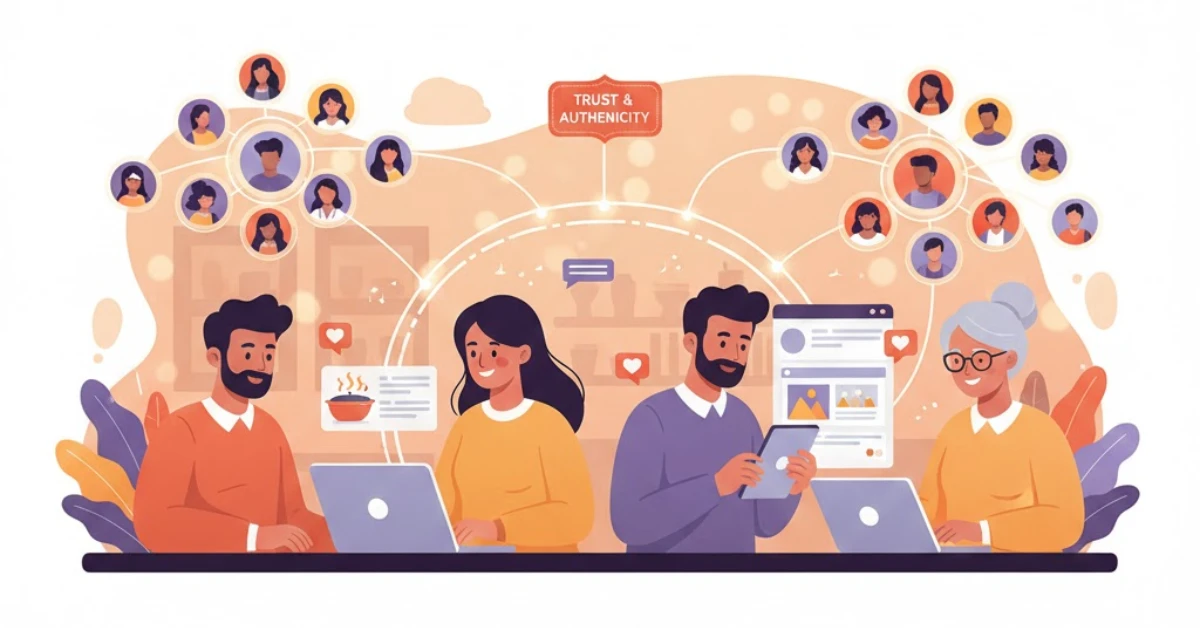Subscribe Now
Popular Feeds
8 Jan 2026

Micro Influencer Marketing: Big Results
6 Jan 2026
Loading
MATSEOTOOLS brings everything you need in one place — from AI tools List, color Library, SEO analyzers, image processing, conversion utilities, text tools, and developer tools to ready-to-use AI prompts & informative blogs.
Convert binary code into readable text instantly. Free Binary to String Converter for developers and learners.
Loading tool...
Are you looking for a quick and reliable way to translate binary code into readable text? Our Binary to String Converter is the perfect online converter for the job. This free converter makes the often-complex task of binary translation simple and accessible to everyone.
Binary code is the fundamental language of computers, consisting only of 0s and 1s. To interpret this data, you need to convert it back into human-readable characters, or a "string." This instant conversion process is vital in programming, network analysis, and data recovery.
Our tool quickly decodes the sequence of bits (0s and 1s) into their corresponding ASCII or UTF-8 characters. This means you can easily see what the computer is actually communicating.
Using our online binary converter is straightforward, ensuring you know exactly how to convert your data efficiently.
Choosing a dedicated, high-quality free binary to string converter offers several advantages:
Imagine you have the binary sequence 01000001. If you put this into our tool, it instantly outputs the letter A. This level of precision is what makes our converter a trusted resource for developers and students alike.
Stop struggling with manual binary decoding. Experience the speed and accuracy of our Binary to String Converter today. Start converting your binary code to string text easily and instantly!
Quickly browse through various color code models — click below to view and copy swatch-ready color codes instantly.
MATSEOTOOLS brings everything you need in one place — from AI tools List, color Library, SEO analyzers, image processing, conversion utilities, text tools, and developer tools to ready-to-use AI prompts & infomative blogs. Save time, boost creativity, and get work done faster than ever.

Fast, lightweight, and delightful utilities for everyday work.
Explore curated prompts that help you think less and create more — faster, smarter, and effortlessly. Discover ideas instantly, stay focused on what matters, and let creativity flow without the guesswork.
 News & Blog
News & Blog